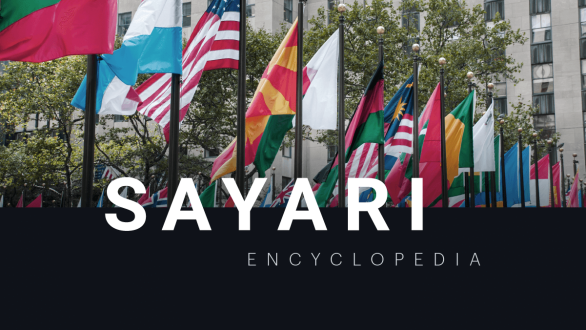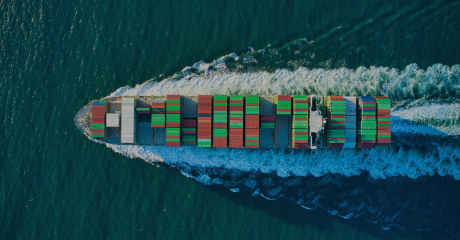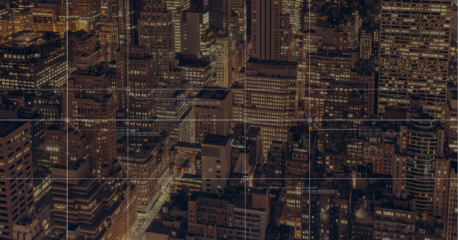What are human rights violations?
In 1948, a declaration was made at the United Nations General Assembly in Paris that listed for the first time the fundamental human rights that should be universally protected. Drafted by representatives from all regions of the world, the Universal Declaration of Human Rights (UDHR) is widely respected, has been translated into over 500 languages, and has inspired over 70 human rights treaties across the globe. Any person or country that does not respect the outlined rights in the declaration is committing a human rights violation.
The Universal Declaration of Human Rights contains 30 articles, including, but not limited to, the following:
- All human beings are born free and equal in dignity and rights.
- Everyone has the right to life, liberty, and security of person.
- No one shall be subjected to arbitrary interference with his privacy, family, home or correspondence, nor to attacks upon his honor and reputation.
- No one shall be held in slavery or servitude; slavery and the slave trade shall be prohibited in all their forms.
- No one shall be subjected to torture or to cruel, inhuman or degrading treatment or punishment.
- No one shall be subjected to arbitrary arrest, detention or exile.
- Everyone has the right to freedom of movement and residence within the borders of each state.
- Everyone has the right to work, to free choice of employment, to just and favorable conditions of work and to protection against unemployment.
- Everyone has the right to freedom of peaceful assembly and association.
- Everyone has the right to a nationality.
Why is this an important issue?
The Universal Declaration of Human Rights was created post World War II with the aim of protecting people from facing similar atrocities. While 192 countries have signed the UDHR, people around the world still face violations of their rights each day. A report by Amnesty International found that people are abused or tortured in at least 81 countries, face unfair trials in at least 54 countries, and face restrictied freedom of expression in at least 77 countries. Researchers found that before conflicts erupt, human rights abuses are often the first early warning signs that a situation is about to descend into chaos or war.
Currently, human rights abuses are monitored by the UN Human Rights Council and various humanitarian organizations, such as Amnesty International. In countries where citizens are facing violence, official channels for resolving disputes can be slow, expensive, or even corrupt. Acknowledgements of human rights violations are an important first step in taking action to ensure citizens all over the world are afforded the same rights.
What is the latest in prevention of human rights violations?
According to the United Nations, failure to adhere to international human rights standards can weaken peacemaking, global efforts to counter terrorism, and the prevention of violent extremism. That’s why countries need to take as many steps as possible to prevent human rights abuses domestically and internationally.
One example of the United States fighting against human rights violations is the country’s legislation regarding forced labor. The Uyghur Forced Labor Prevention Act (UFLPA), which went into effect on June 21, 2022, is the culmination of a years-long investigation by the United States into alleged human rights abuses perpetrated on Uyghur, Kazakhs, Kyrgyz, and other Muslim ethnic minority groups in the Xinjiang Uyghur Autonomous Region by China. The UFLPA act is unique in its enforcement protocol. U.S. Customs and Border Protection (CBP) has made clear that all imports from Xinjiang will at least be detained – in some cases seized – unless the importer can provide “clear and convincing evidence” that the goods are free of forced labor. This is a major step towards weakening the forced labor industry in China.
>> Learn the 5 ways the UFLPA is making trade history <<
Similarly, in 2017, the “Countering America’s Adversaries Through Sanctions Act” (CAATSA) created a rebuttable presumption that significant goods, wares, merchandise, and articles mined, produced, or manufactured wholly or in part by North Korean nationals or North Korean citizens anywhere in the world are made with forced labor and prohibited from importation under the Tariff Act of 1930. These two pieces of legislation seek to lessen the potential financial gain of abusive labor practices.
Another recent example of countries banding together to stop human rights violations are the collective sanctions against Russia. After Russia invaded Ukraine, the UN Crisis Coordinator for Ukraine called for an “immediate humanitarian pause” as there was a documented history of human rights violations against Ukrainians. Numerous UN member states stepped in with sanctions to attempt to damage Russia’s economy and weaken their military power.
>> Learn how to track assets of Russian Oligarchs with public data <<
For sanctions to continue to be effective, enforcement and compliance teams need to be on top of things. Over 30 countries have issued their own sanctions on Russia, including the United States, the European Union, Japan, Australia, Canada, the United Kingdom, and South Korea.
How can you ensure your business does not indirectly support human rights violations?
You can’t cut ties with entities or countries committing human rights violations if you don’t know those links are there.
In the case of Russia, the ever growing flood of sanctions, export controls, and prohibitions against Russian entities have posed major challenges for global banks and businesses. While global efforts can increase the impact that sanctions have on Russia, it can complicate things even further for multinational corporations that operate across different countries. Carefully consulting the lists upon lists of sanctions regulations is just the first step to ensuring you comply with sanctions. Banks and businesses have already needed to audit their clients and vendors against these lists. But as the war in Ukraine continues and sanctions lists change, keeping up will increasingly be a challenge.
>> Watch a panel discussion on strategies for FIUs dealing with sanctions risk <<
Automation will be key to compliance and finding links to human rights violations. For instance, Sayari Graph leverages global public records and graph technology to pre-compute complex, cross-border corporate networks, thus providing a clear picture of illicit financial actors, their infrastructure, and relationships. This comprehensive view provides investigators with broader context surrounding their customers and counterparties.
Sayari Graph can also be used to help organizations look for indicators of forced labor in global public records, scan for known high-risk companies, and screen beneficial owners to ensure a supply chain is unexposed to human rights violations.
Whether looking to break ties with sanctioned Russian entities or ensure your supply chain is free of forced labor, Sayari Graph’s up-to-date public records will ensure that you’re always working with the most current information.
See the impact for yourself with a personalized demo of Sayari Graph. For inspiration, watch one of our in-house analysts perform an example investigation in this Master Class on mitigating the risk of Xinjiang forced labor in global supply chains.



